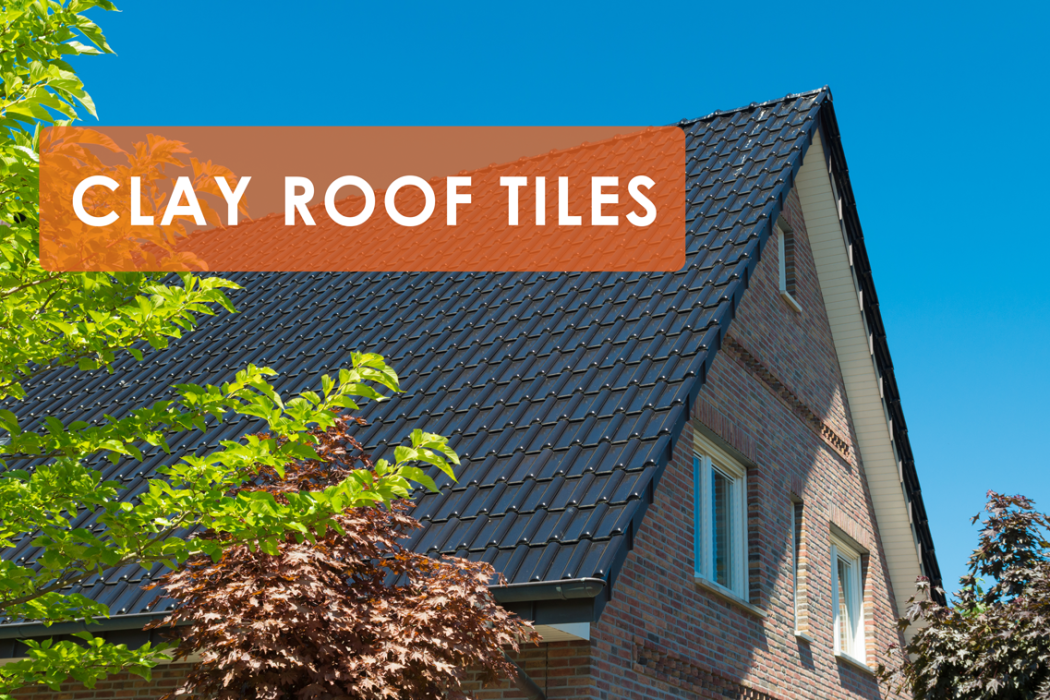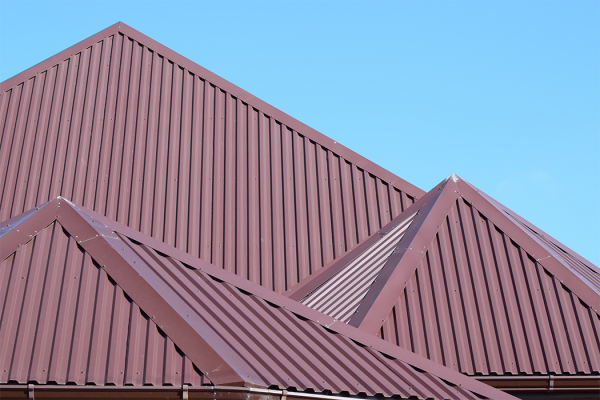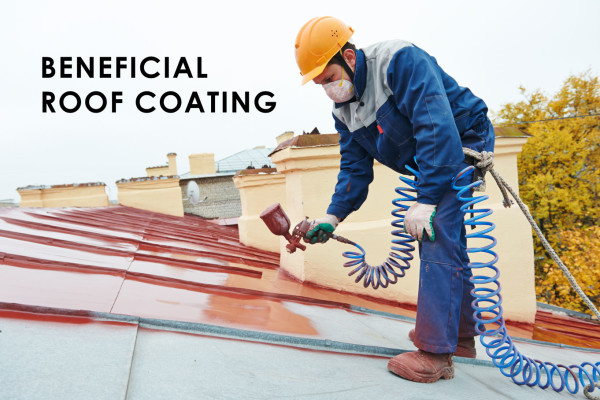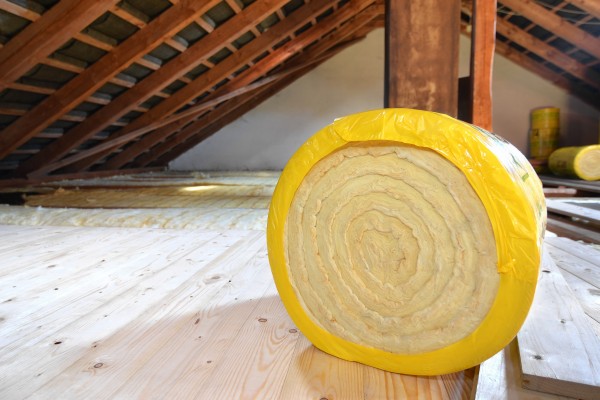Using clay as a building material is not a new thing. The ancient Egyptians were the first to discover the advantages to constructing their houses and other buildings from their material and, very soon, clay became so popular that it spread across the known world and is being used widely even today.
The advantages of clay Roofing Tiles are many and varied, but above all, the material is renowned for its high heat and sound insulating properties and its ability to withstand even the worst weather conditions.
Add to this the fact that clay won’t deform like some other roofing materials if it is subjected to very cold temperatures, that it is highly resistant to frost, and you have a good reason as to why it is still in use.
Clay tiles are also famous for their variety in design, being environmentally-friendly and highly resistant to fire.
Apart from its resistance to extreme hot or cold weather, its resistance to fire etc., what’s adding to clay’s reputation as an excellent material for roofing tiles is its longevity. In fact, there are only a few roofing materials that have the ability to protect the building for as long as clay can, and that can go for decades, without the need for repairs.
When used for roofing tiles, clay is first baked and molded into one. How long the clay is heated and the temperature it is baked at determines how dense the tile will be. Once baked, clay tiles can then have their surface texture treated or they can be glazed. This allows manufacturers to offer a wide variety of clay tiles in terms of styles, colors and finishes.
Finally, the nature of clay tiles can vary, and this determines how they will be installed on the roof. They can be one-piece, two-piece, flat or interlocking.




